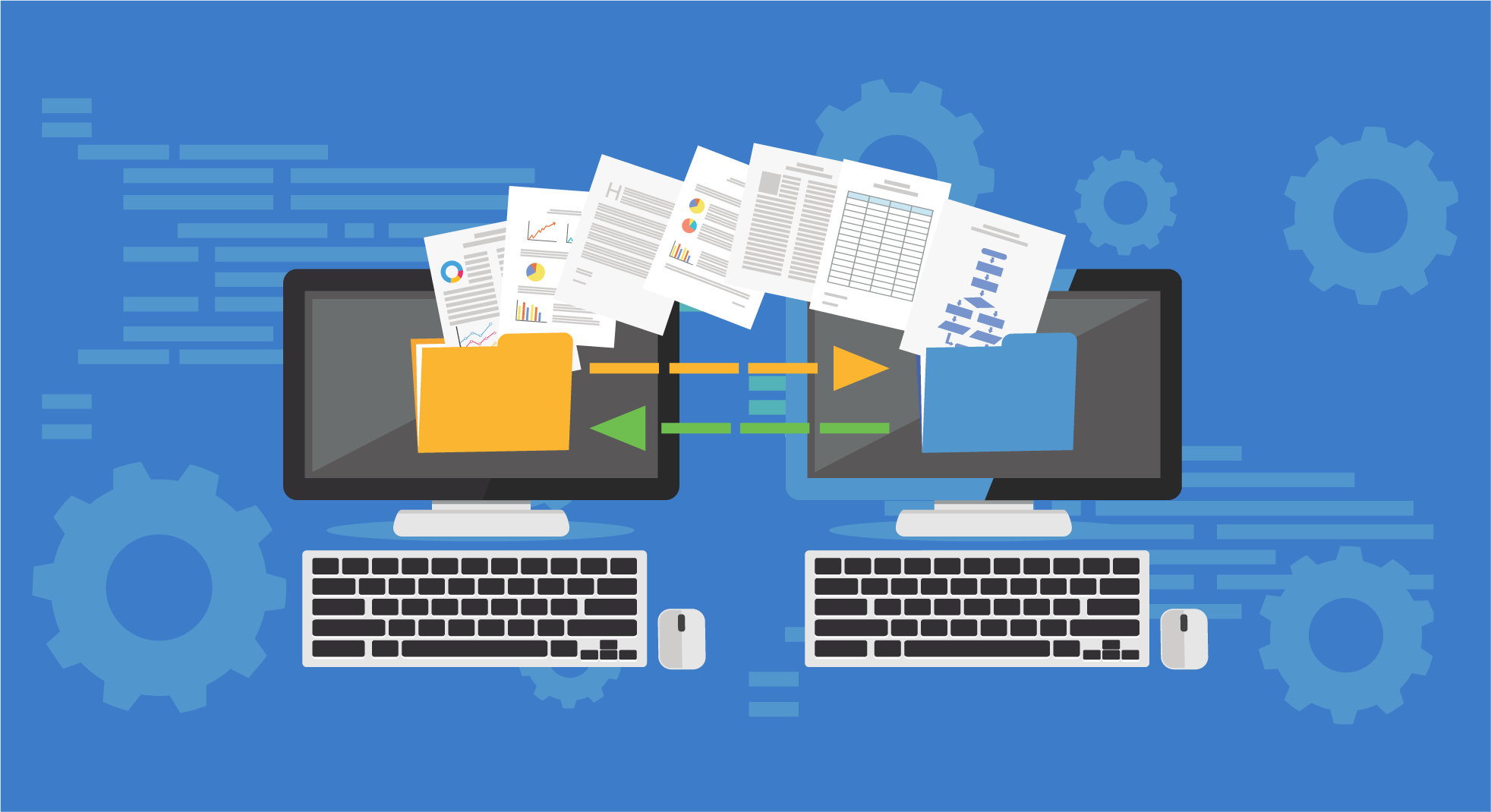Types of Data Backup

There are several types of data backup methods, each offering different levels of protection, storage efficiency, and ease of recovery. Here are some common types of data backup:
-
Full Backup:
- A full backup involves copying all data and files from a system or storage device to a backup destination. This includes all files, folders, and system configurations.
- Advantages: Provides a complete copy of data, making it straightforward to restore the entire system or specific files.
- Disadvantages: Requires significant storage space and can be time-consuming to perform and update regularly.
-
Incremental Backup:
- Incremental backups only copy data that has changed since the last backup, whether it was a full backup or an incremental backup.
- Advantages: Requires less storage space and backup time compared to full backups. Ideal for environments with frequently changing data.
- Disadvantages: Restoration may involve multiple backup sets, as each incremental backup depends on previous backups.
-
Differential Backup:
- Differential backups copy all data that has changed since the last full backup. Unlike incremental backups, they don't rely on previous backup sets.
- Advantages: Simplifies restoration by requiring only the last full backup and the most recent differential backup.
- Disadvantages: Requires more storage space and time compared to incremental backups, as each backup captures all changes since the last full backup.
-
Mirror Backup:
- Mirror backups create an exact copy of the source data, including files, folders, and directory structures, without compression or encryption.
- Advantages: Provides an exact duplicate of data, simplifying restoration and recovery processes.
- Disadvantages: Consumes significant storage space, especially for large datasets, and may lack versioning or incremental capabilities.
-
Continuous Data Protection (CDP):
- CDP captures every change made to data in real-time or at frequent intervals, providing a comprehensive record of data modifications.
- Advantages: Offers granular recovery options with minimal data loss, as backups are captured continuously.
- Disadvantages: Requires specialized software and infrastructure to support real-time replication and storage of changes.
-
Cloud Backup:
- Cloud backup involves storing data backups in offsite cloud storage services, such as Amazon S3, Google Cloud Storage, or Microsoft Azure.
- Advantages: Provides scalable, offsite storage with high availability and redundancy. Eliminates the need for on-premises backup infrastructure.
- Disadvantages: Relies on internet connectivity for data transfer, which can impact backup and recovery speeds. May incur ongoing subscription costs based on storage usage.
Each type of backup has its own advantages and limitations, and the choice of backup method depends on factors such as data volume, recovery objectives, storage requirements, and budget constraints. Organizations often employ a combination of backup strategies to meet their specific data protection and recovery needs.
Thank you,
